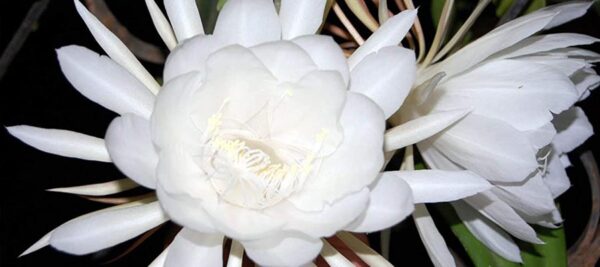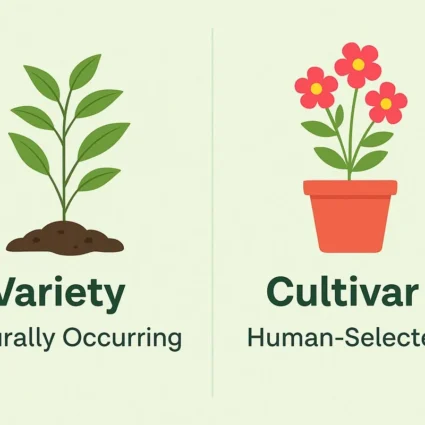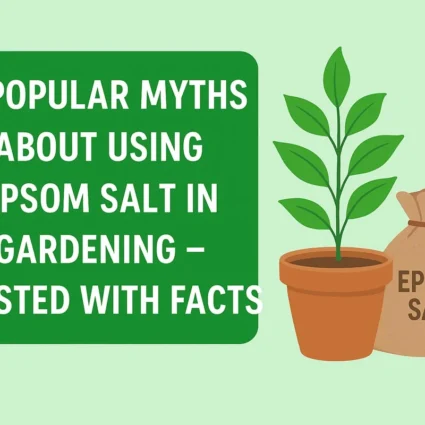
Blossoms in the Moonlight: A Guide to Night-Blooming Flowers in India
As the sun dips below the horizon and the world settles into a serene nocturnal rhythm, a different kind of floral magic unfolds. India, with its diverse climate and rich biodiversity, hosts a captivating array of flowers that choose the serenity of the night to unfurl their petals and release their enchanting fragrances. Join us on a journey through the mystical world of night-blooming flowers that cast their spell under the Indian moon.
Flowers that bloom at night in india
- Brahma Kamal (Saussurea obvallata)
- Raat Ki Rani (Cestrum nocturnum)
- Night Blooming Jasmine (Nyctanthes arbor-tristis)
- Beli (Aegle marmelos)
- Kadamba (Neolamarckia cadamba)
- Mogra (Jasminum sambac)
Brahma Kamal (Saussurea obvallata)
Deep in the Himalayan regions of India, the Brahma Kamal, also known as the Sacred Lotus of Lord Brahma, graces the night with its ethereal presence. This rare and revered flower blooms after sunset, emitting a captivating fragrance that is said to be most potent during the night. Legend has it that witnessing the bloom of the Brahma Kamal brings good fortune.

Also Read This :A Guide to Flourishing Marigolds in Cold Weather
Raat Ki Rani (Cestrum nocturnum): The Queen of the Night
The aptly named Raat Ki Rani, or Queen of the Night, is a fragrant flowering shrub across India. As the evening descends, this plant releases its intoxicating scent, making it a favourite for gardens and landscapes. The small, tubular white flowers adorn the plant, enticing nocturnal pollinators and adding a touch of allure to the nighttime garden.

Also Read This :Elevate Your Space: A Guide to Hanging Indoor Plants
Night Blooming Jasmine (Nyctanthes arbor-tristis)
Known as Parijat or Harsingar in Hindi, the Night Blooming Jasmine is celebrated not only for its delicate, star-shaped flowers but also for the legendary story associated with it. According to folklore, the flowers bloom in the presence of Lord Krishna. Their sweet fragrance fills the air during the night, creating a magical atmosphere around the tree.
Also Read This :Draping Greenery: 10 Hanging Indoor Plants to Elevate Your Home Decor
Beli (Aegle marmelos)
Beli, also known as the Bengal Quince, is a tree native to India that bears fragrant, greenish-yellow flowers. The blossoms open at night, releasing a sweet aroma that attracts moths and other nocturnal pollinators. Beli holds cultural significance, often associated with religious ceremonies and rituals.
Also Read This :10 Christmas Plants To Decorate Your Winter Wonderland
Kadamba (Neolamarckia cadamba)
The Kadamba tree, with its vibrant yellow-orange globular flowers, graces many parts of India. The flowers bloom in clusters and are particularly enchanting at night. The Kadamba’s presence is both aesthetic and cultural, with mentions in classical Indian literature and its association with Lord Krishna’s playful moments.

Also Read This :Nature’s Christmas Magic: Tips for Stunning Plant Decorations
Mogra (Jasminum sambac)
Mogra, or Arabian Jasmine, is India’s popular and beloved night-blooming flower. Its pure white, waxy blossoms release a sweet fragrance that intensifies after sunset. Used in garlands, perfumes, and religious ceremonies, Mogra holds a special place in Indian traditions, symbolizing purity and beauty.

Also Read This :Brahma Kamal Grow from Seeds: A Step-by-Step Guide for Beginners
Embrace the Night’s Floral Symphony
The night-blooming flowers of India invite us to step into a realm where fragrance and beauty unfold under the gentle gaze of the moon. From the foothills of the Himalayas to the southern landscapes, each flower tells a story woven into the country’s cultural fabric. Whether you’re a passionate gardener or someone seeking a moment of tranquillity in the evening, exploring the world of night-blooming flowers in India is a sensory journey worth taking. Allow yourself to be captivated by the allure of these nocturnal blossoms and experience the magic they bring to the canvas of the Indian night.
Also Read This :Year-Round Blooms: Caring for Hibiscus in All Seasons




